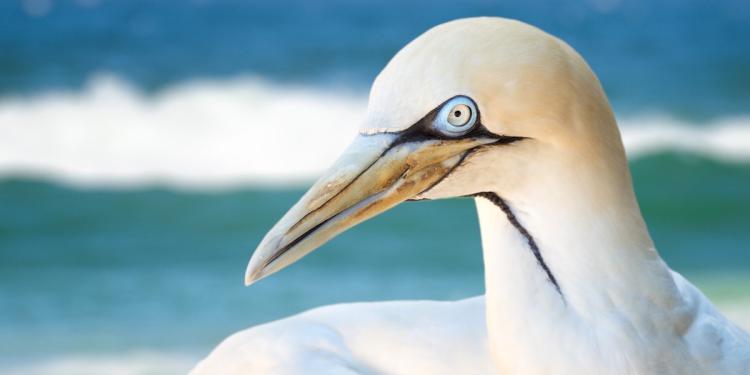
UNEA could adopt a resolution recognising the link between environment, sustainable development and animal welfare
After reminding the interlinkages between the wellbeing of the animals, the people and the planet, the text of the proposal - which can be read on the resolution website - calls on members of the UN to protect animals, and on the Executive Director of UNEP to prepare a report on the nexus between animal welfare, the environment and sustainable development.
The world is facing global environmental challenges such as climate change, pollution and biodiversity loss, which are central to UNEP’s mandate. At the heart of these challenges often lies the food system, and thus animal welfare.
The welfare of farmed animals, and the production systems in which they are kept, has an impact on biodiversity and habitat conservation. Livestock production is said to be “the single most powerful driver of habitat loss on Earth (1)” and 80% of terrestrial birds and mammal species currently considered as threatened are challenged by habitat loss driven by agricultural activities. The intensification of livestock farming also contributes to depleting marine stocks, as a significant proportion of them end up processed into high-protein feed for pigs and chickens.
The livestock supply chain also accounts for 16.5% of global greenhouse gas (GHG) emissions. Even if fossil fuel emissions are stopped, the emissions from the global food system would prevent the achievement of reaching the Paris Agreement’s 1.5° target, and make 2°C difficult to reach. (2)
Animal agriculture contributes significantly to global warming through the emission of the potent greenhouse gases methane,(3) because methane and nitrous oxide decay more rapidly than CO2, reducing the number of livestock can have rapid effects on global warming mitigation.(4)
There is clearly an issue of quantity, but the way we raise animals also matters. According to the IPBES, “approximately 25% of the globe’s GHG emissions come from land clearing, crop production and fertilisation, with animal-based food contributing 75% of that. Intensive agriculture has increased food production at the cost of regulating and non-material contributions from nature”. In addition to potentially allowing for higher animal welfare standards, grass-based and mixed-farm systems, less dependent on additional feed, also have better capacities for carbon sequestration.
The environmental impact, including water, soil and air pollution, of intensive livestock farming are considered significant. Livestock stands for 64% of anthropogenic ammonia emissions that contribute to acid rain and acidification of ecosystems. It is the largest source of water pollution, contributing to dead zones and eutrophication. Through the link to deforestation, livestock also increases runoff and reduces dry season flows. (5)
Far from explicitly including animal welfare into UNEP’s mandate, the proposed resolution offers to look at animal welfare - especially the lack thereof - as a potential driver of harm to nature. The proposal will be discussed by UN member states in the run up to the UNEA meeting, and Eurogroup for Animals will join its partners in Nairobi to support the initiative.
We hope that UNEA 5.2 will be the stepping stone to address animal welfare at the global level. The links between animals, environment and people are crystal clear and acknowledging them it's the only way forward to address challenging global issues like climate change.
Notes
1. Machovina et al (2015) quoted in Greenpeace, Less is More, 2018, p.25
2. Clark, Michael A. et al. 2020. Global food system emissions could preclude achieving the 1.5° and 2°C climate change targets. Science 370: 705-708
3. FAO. 2006. Livestock’s long shadow. Environmental issues and options.
4. Eisen, Michael B. and Patrick O. Brown. 2022. Rapid global phaseout of animal agriculture has the potential to stabilize greenhouse gas levels for 30 years and offset 68 percent of CO2 emissions this century. PLOS Climate 1(2): e0000010.
5. FAO. 2006. Livestock’s long shadow. Environmental issues and options.

